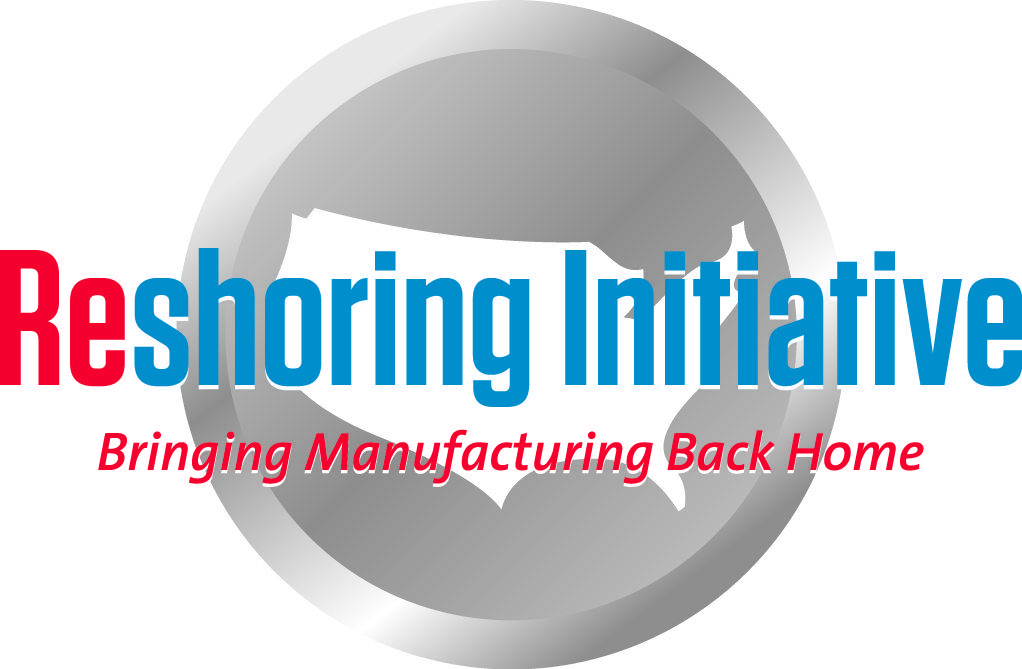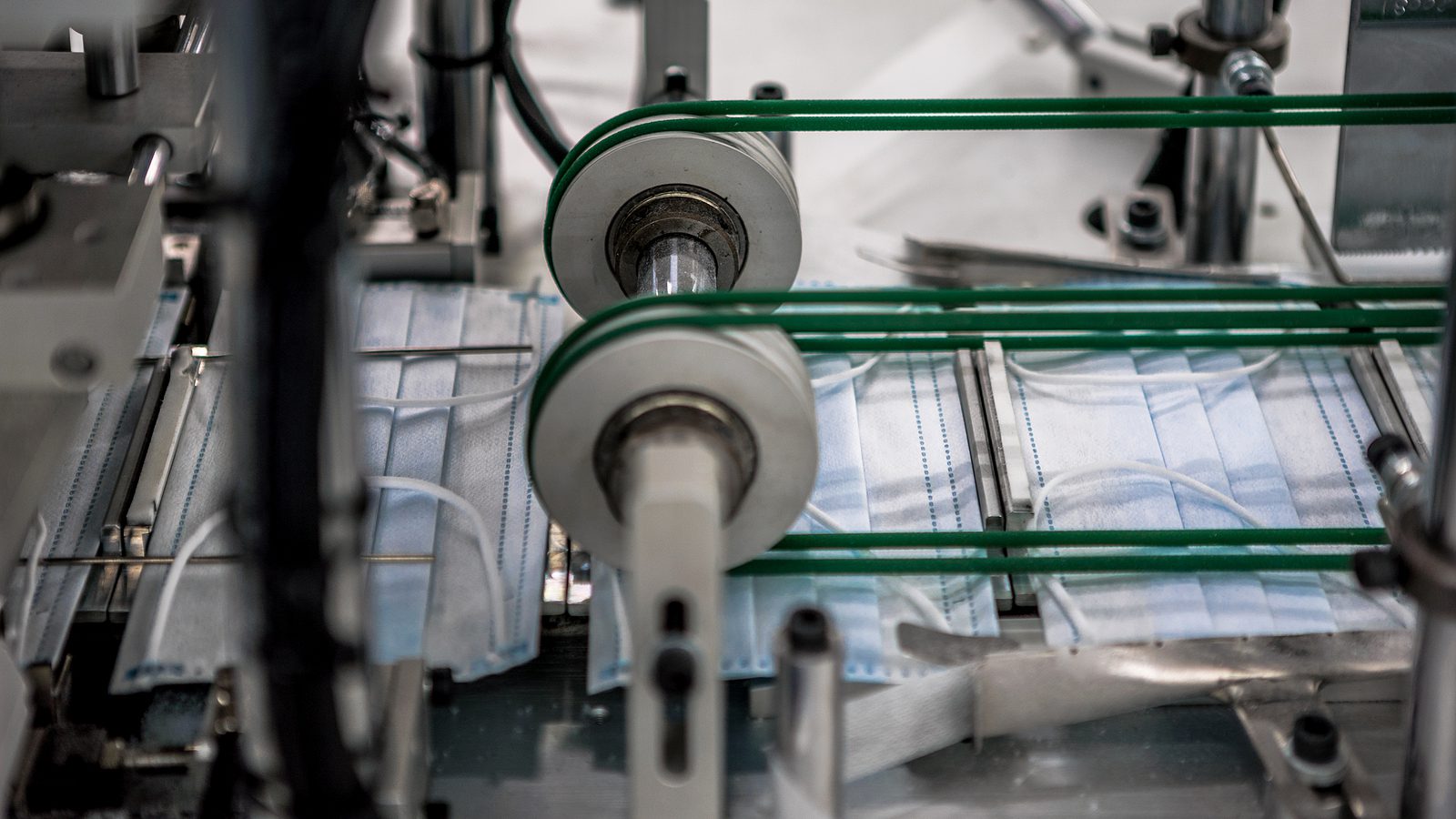By Laser 1 Technologies
Reshoring Becomes the Reality
Reshoring became a hot subject in 2013 and by the end of that year substantiated to staggering numbers and projections. Walmart’s announcement of $50 billion domestic manufacturing commitment has a significant impact on future of the U.S. manufacturing. Forbes magazine projects that 1,753 new U.S. manufacturing jobs have been announced so far (not including construction or support services jobs or component suppliers).
Make it in America Challenge established $20.5 million federal fund to promote reshoring, job creation, and training. The U.S. Commerce Department and International Economic Development Council are creating initiatives to help communities strengthen their manufacturing sector.
According to a new survey conducted by The Boston Consulting Group more than half of the U.S.-based manufacturing executives at companies with sales greater than $1 billion are planning to bring back production to the U.S. from China or are actively considering it. Virtually all of more than 200 decision makers at companies across a broad range of industries manufacture in the U.S. and overseas. When asked whether they expect to move production in light of rising wages in China, 21% of respondents – around twice as many as in 2012 – said they are “actively doing this” or that they “will move production to the U.S. in the next two years.”
Walter D. Gruenes, National Managing Partner, Industries and Client Experience wrote that 37% of businesses […currently outsourcing their products] are likely or very likely to bring goods and services work back to the United States – and/or a similar percentage are moving work closer to home (e.g. Mexico, Latin America).
Reshoring, a positive trend that we all were waiting for, brings also several short-term challenges:
- Substantial increase in manufacturing orders through the existing chain of supply, that was significantly reduced in recent decade, will create, at least initially, shortage of reliable suppliers
- Possible inability of current suppliers to react fast enough to open additional capacities
- Possible increase in lead time by suppliers which may not be acceptable by manufacturers
- Highly possible defaults on delivery dates
- Decrease in quality due to increased volume
Reality is, that with such large amount of orders current manufacturing capacities will be utilized in relatively short period of time. Consequently, price only oriented buyers will be challenged and will be replaced by customers that will offer an opportunity for longer production runs with acceptable margins for both sides. Planning for such events becomes a major strategic issue for larger players and winners will have to meet the following criteria:
- Define additional amount of work for the next two years that will be placed with domestic suppliers
- Search for strategic partners that will be able to expand their capacities to meet demand
- Consider joint ventures or financial guarantees with financially stable companies
- Set up clear parameters for new vendors regarding price points, quality, and delivery times
- Integrate supply chain with new players and establish channels of communication
- Plan for the reshoring now
Reshoring is the great opportunity to everyone involved as well as to local economies. When planned properly it will create a win-win situation. If viewed as business as usual it will create for such companies’ additional, unnecessary stress, production chaos, and loss of competitive edge.
If all of the above is so simple why it could be so difficult? The answer lies in established relationships between larger manufacturers and smaller suppliers. Smaller suppliers are still selling “widgets” to fulfill their capacities. Larger manufacturers are willing, more likely, to hire more buyers rather than get involved in finding more strategic partners and the main reason for it is a doubt that smaller companies understand the business side of the business.
The time is now for both sides to change approaches and strategies since doing things the way we’ve always done it will not produce different results.
Tad Kowalczyk, MBA
Chief Operating Officer
Laser 1 Technologies, Inc.
Tad can be reached by email, tadk@laser1tech.com , LinkedIn account, or phone (651) 451-3444




